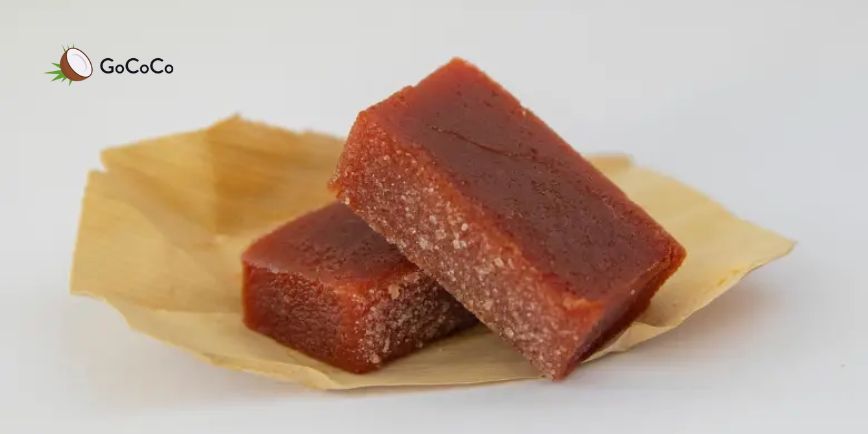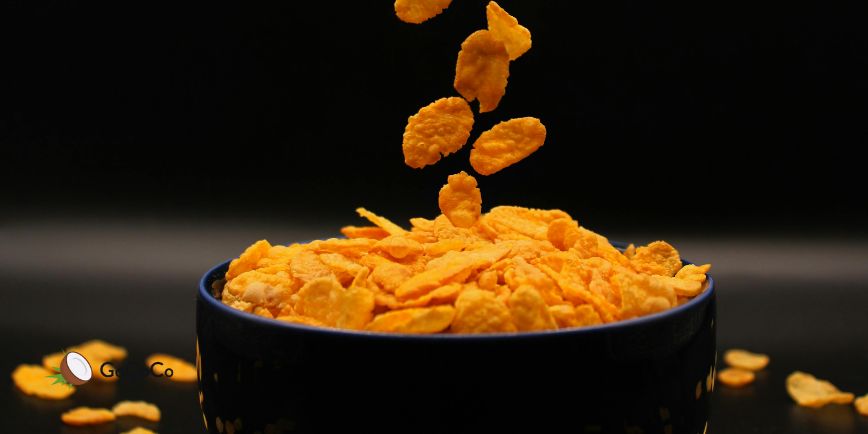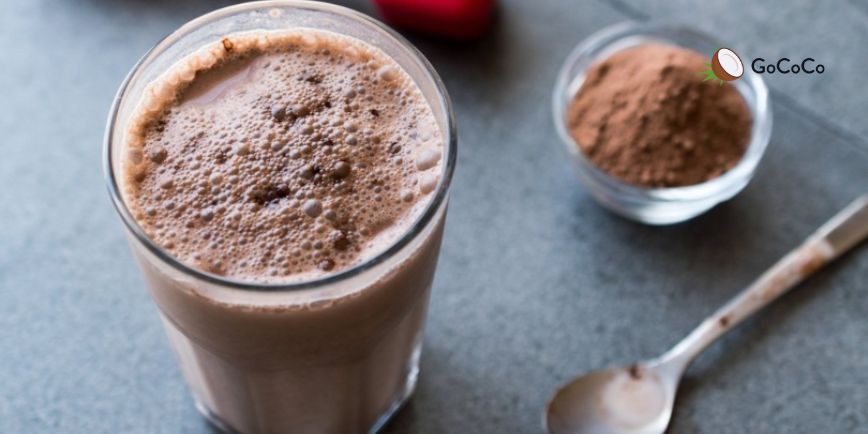
While ingredients vary by brand, most guava candies contain:
They may be shaped like fruit or sold in bright packaging, but nutritionally, they’re similar to any hard candy or jelly-based sweet.
Not really. The fruit flavor might make it feel more natural, but guava candy:
It’s okay to enjoy a few pieces occasionally, but it shouldn’t be considered a “healthier” option just because it’s fruit-flavored.
Not all guava sweets are created equal.
In Brazil, homemade guava candy,often called goiabada, is a dense, rich paste made from guava pulp and sugar, sometimes cooked slowly with lemon juice to preserve it naturally. While still high in sugar, it’s made with just a few simple ingredients and doesn’t contain additives or artificial flavoring.
Traditional Brazilian goiabada:
In contrast, many modern “guava candies” found on shelves:
So while goiabada is still a sweet treat, it’s less processed and closer to whole food when homemade or sourced from artisan brands. But, It should be consumed in moderation anyway.
🥄 Pro tip: If you're craving something sweet and fruity, a small slice of goiabada with fresh fruit or nuts is a more satisfying alternative to processed guava chews.
That’s where GoCoCo comes in. With a quick scan, you can see whether your guava candy:
GoCoCo helps you make smarter choices without giving up sweets entirely.
If you’re craving something fruity and sweet, here are some ways to keep balance on your side:
🥄 Pro tip: Keep candy portions small, think 2–3 pieces, not a handful.
Guava candy can be a fun, fruity treat but it’s still candy. Don’t let the fruit name fool you. Like all sweets, it’s best enjoyed occasionally, with awareness of what’s really inside.
Use GoCoCo to scan, compare, and discover better options that satisfy your sweet tooth without sabotaging your health goals.


